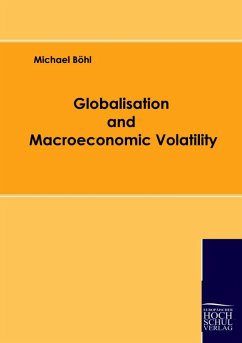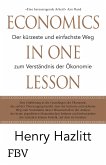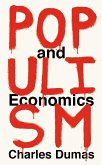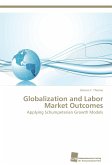During the last decades, international goods markets have become more integrated, part of a phenomenon summarised as "Globalisation". Cross-border goods trade has intensified enormously, accompanied by a rise in offshoring of production into other countries. At the same time, the volatility of key macroeconomic variables has become more stable, a phenomenon known as "Great Moderation". Variability of economic growth and inflation rates has declined significantly. The coincidence with regard to their timing stimulates questions whether and how both phenomena are related. Through this thesis, the author introduces theoretical explanations and revises empirical results achieved up to now. Globalisation in economic terms can be defined as international integration of goods and factor markets. International integration of factor markets can imply different input factors of production such as capital and labour. Although globalisation in the sense of goods trade and financial flows hasrisen strikingly, other markets are still to a large degree national. There seems to be no will in industrialised countries to foster international integration of labour markets and lift restrictive immigration policies, diametrically opposed to pressure on developing countries for uncontrolled trade and capital policies. Macroeconomic volatility can refer to several macroeconomic aggregates such as output and its components, prices and employment. Volatility can be measured in various ways such as standard deviation or variation coefficient.








